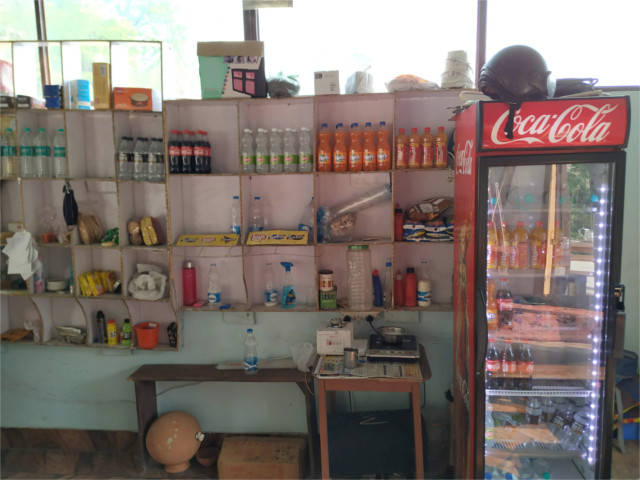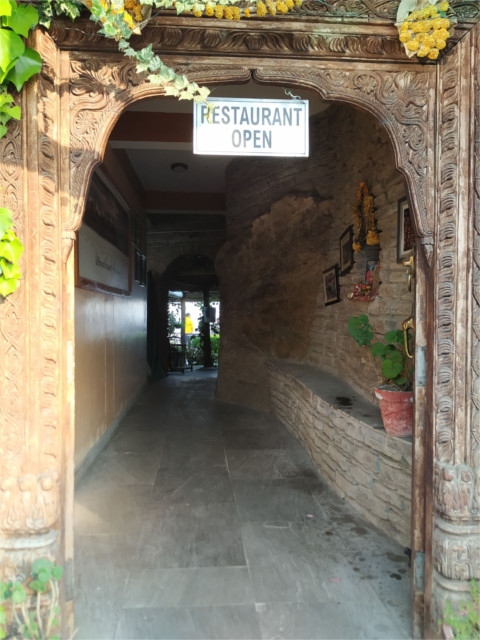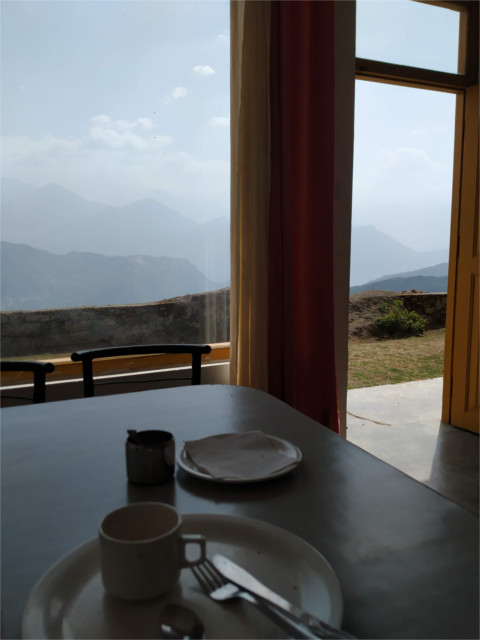On road trips I’ve got used to stopping at road-side shacks for a tea now and then. The trip to Kumaon last month was the first time I found this to be difficult. As we travelled north of Almora, traffic thinned out and the little shacks by the road where you can normally stop for a chai or an omelette were hardly visible.
We peered with fading hope at little stores. Some had fresh food, but all had the shiny packets of trans-fats loaded with either salt or high-fructose corn syrup (sometimes both), liberally doused in sulfite containing preservatives, which are consumed in large quantities by travellers, after which the non-biodegradable packaging is dumped into the hillside. All of them also stocked highly sugared drinks in large plastic containers, which leak bisphenols into your body, and into the environment, when the empties are dumped out of cars. Very seldom did we find a place with a working kitchen. This was very specific to this part of Kumaon; closer to the lakes one could find the normal density of roadside eateries. Nor was it the mountain-hugging roads which made such shops difficult; even inside the small towns and villages we passed, a chai or a fresh snack was not so easy to find.
Our best finds were always close to a town. Outside Almora, on the Binsar road we found a wonderful bakery and cafe. Little terraces with potted plants overlooked a valley. Someone recommended the almond butter cake; we added a pie because the waiter told us it had just been baked. Both were superb with the steaming cups of tea they gave us. Uttarakhand has begun to produce an interesting variety of cheeses, and I selected a few from the counter to eat over the next few days.
Eventually, the most relaxed place that I found for chai was the dining area of our hotel in Munsiyari. The cook had a way with the chai and omelettes, and the pleasantly chatty waiter knew when to leave you alone with the view. The window looked over the town at the nearby Panchachauli massif. Even though the air was not clear enough for the wonderful views which gives Munsiyari its reputation as a place to visit, the place was wonderfully relaxed.












